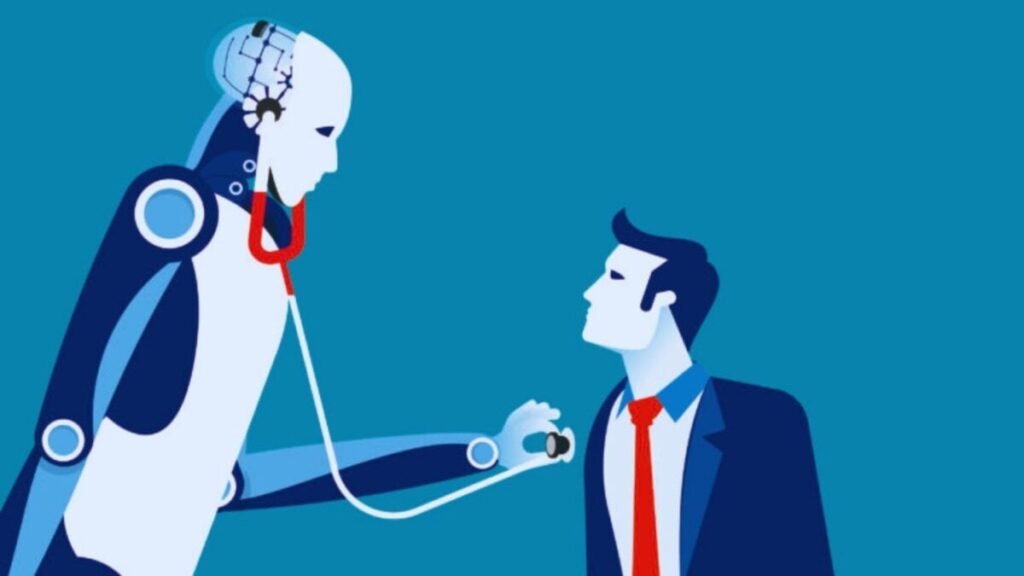Three hours without ChatGPT showed me that AI is now a part of our daily lives

In the morning, at 8:30 am in Spain, stopped working. What may have seemed like a simple technical glitch turned into a global shake-up. Three hours later, the service was still down and social media was flooded with messages of frustration and concern. The incident was a stark reminder: is no longer just a curious experiment, but a tool embedded in the daily lives of millions of people.
## A global digital blackout

confirmed that the outage affected users worldwide. The service was processing queries, but not returning any responses. acknowledged the issue and stated they were working on a solution, though no clear timelines were provided.
During those hours, the sense of disconnection was palpable. Professionals relying on for reports, programmers in the midst of coding, and students using the tool to organize their notes were all put on hold. What was once seen as an add-on now felt like a central cog that, when it failed, halted entire routines.
## From toy to productivity tool

The outage served as a cultural mirror. , originally launched as a conversational experiment, has evolved into a cross-cutting productivity assistant: drafting texts, translating, explaining concepts, generating business ideas, or preparing classes. The magnitude of complaints on social media showed that its use is no longer limited to tech enthusiasts, but spans across diverse professional sectors such as marketing, programming, or education.
At the same time, this dependency poses risks. Many users consult the AI on sensitive topics like mental health or legal decisions. The most extreme case recently came to light in the United States: after the suicide of their son, accusing it of providing harmful responses.
## A warning for the future
The episode yielded a clear conclusion: . Three hours of downtime were enough to create a digital blackout that disrupted daily lives. has become an invisible pillar of productivity and, simultaneously, a source of debate on its limits and responsibilities.
What transpired was not just a technical failure; it was a reminder that when ceases to function, what truly becomes evident is how much we already depend on it.




